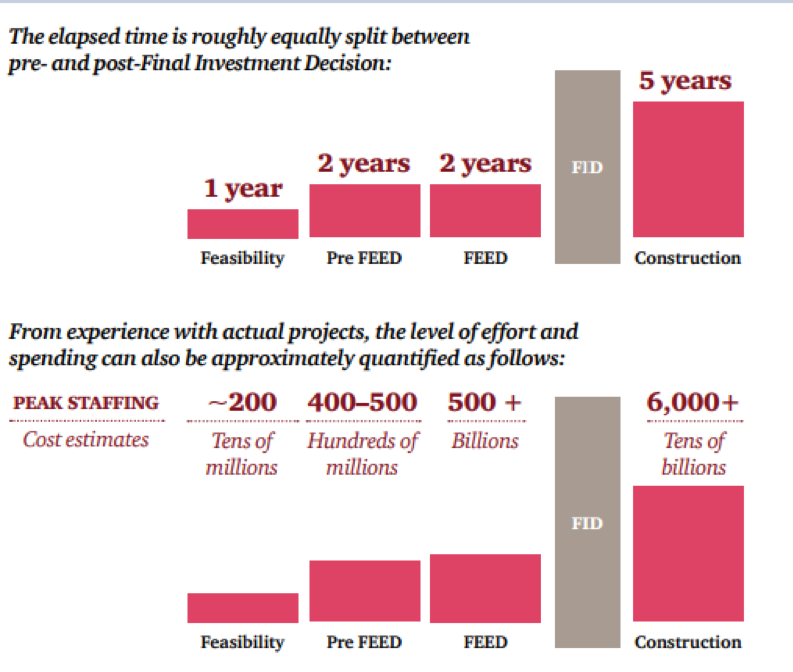By Michael O’Neill
President Trump’s hostile trade rhetoric scored a victory on July 25. The European Union, (EU) facing threats of a 20% tariff on cars imported into the United States, sent EU Council President Jean-Claude Juncker and EU Commissioner for Trade Cecilia Malmstrom to the White House to diffuse the tensions. The financial markets and the media didn’t expect much of anything to development from the talks. Boy, were they surprised.
President Trump announced that he and Mr Juncker agreed to the launch of “a new phase in the relationship between the United States and the European Union — a phase of close friendship; of strong trade relations in which both of us will win; of working better together for global security and prosperity; and of fighting jointly against terrorism.”
He said that the US and EU would work together toward “zero tariffs, zero, non-tariff barriers, and zero subsidies on non-auto industrial goods.” (the hyperbole is Mr Trump’s)
Mr Trump bragged that the EU would “almost immediately” start buying US soybeans while planning to import more Liquefied Natural Gas (LNG) In Trump’s words: “they’re going to be a very, very big buyer.”
Mr Juncker was a tad less effusive with his remarks. He spoke of “strengthening cooperation on energy” and said the EU would build more terminals to import LNG. He admitted that the EU could import more soybeans from the US and said it would be done.
As usual, with President Trump, the devil is in the details. The trade announcement did not have any. President Trump was excited about the prospect of the EU importing LNG after Mr Juncker said the EU would build new terminals. It won’t happen anytime soon. A new project is expensive and time-consuming. PwC Canada experts suggest the timeline to get an LNG terminal from the feasibility assessment to construction takes about ten years in Canada, with costs running over $6.0 billion. There is no reason to believe that the EU will be able to build a new terminal faster or cheaper. Furthermore, Mr Juncker’s term as EU Council President ends in March 2019. Of course, he could be reelected, but it is not a sure thing.
.
Source: PwC Canada
The deal between the Diplomat (Juncker) and “the Donald” (no description needed) managed to put the global trade outlook in a better light. Stock markets rallied and there was demand for Canadian dollars and other commodity currencies. The Loonie got an added boost because of the suspension of auto tariffs. President Trump said that while the negotiations are in progress the US would not go against the spirit of the agreement, while promising to resolve steel, aluminum and other retaliatory tariffs.
It may be a tad premature for Canadians to feel so perky about the EU trade deal. Canada wasn’t a party to the Juncker/Trump discussions or agreement. US Secretary of Commerce Wilbur Ross, commenting on the EU/US deal, on July 26, put it in perspective.
He said the use of steel and aluminium tariffs and the threat of tariffs on cars got the EU to the negotiating table., adding the results vindicate the Presidents trade policy. He also pointed out that they are continuing their investigation on cars but will not implement anything pending the outcome of the negotiations. He was asked specifically if the deal on autos apples to the just the EU or other countries. He didn’t answer the question. He said “the whole work on the auto tariffs will continue. Depending on where we are with the EU, it might have an impact in what are the eventual conclusion. But we don’t have conclusions yet. We’re still in the process of the investigation.”
At the same time as Mr Trump and Mr Juncker were having their chat, Canada’s Foreign Minister Chrystia Freeland, and Mexico’s Foreign Minister Luis Videgray finished trade talks of their own. They said they were committed to a trilateral agreement and against a “sunset clause” that allows for deal termination after a set number of years. President Trump has voiced his preference for bilateral deals. He even said that the US would prioritise a Mexico deal and Canada would be dealt with later.
President Trump’s 1987 book, “the Art of the Deal,” said to “use your leverage.” Secretary Ross said pointed out that steel, aluminum and the threat of auto tariffs were the leverage that brought the EU to the table. He said “if we can roll out that whole formula to the rest of the world, our trade deficit will go down.” Quite simply, auto tariffs are a key threat in the US Nafta renegotiation strategy.
Canada’s strategy is a tad different. Former Prime Minister Stephen Harper suggested that a full-blown trade fight with the US is a core part of Justin Trudeau’s reelection plan. Justin hopes to score points from the electorate by positioning himself as the defender of Canada against big, bad, Donald Trump. His self-servicing press conference at the end of last month’s G-7 meeting is evidence of the tactic.
The Diplomat and “the Donald” managed to come to terms however the poisoned atmosphere between Trudeau and Trump suggests that Canada will be forced into significant concessions or risk decimating its auto industry and domestic economy.





